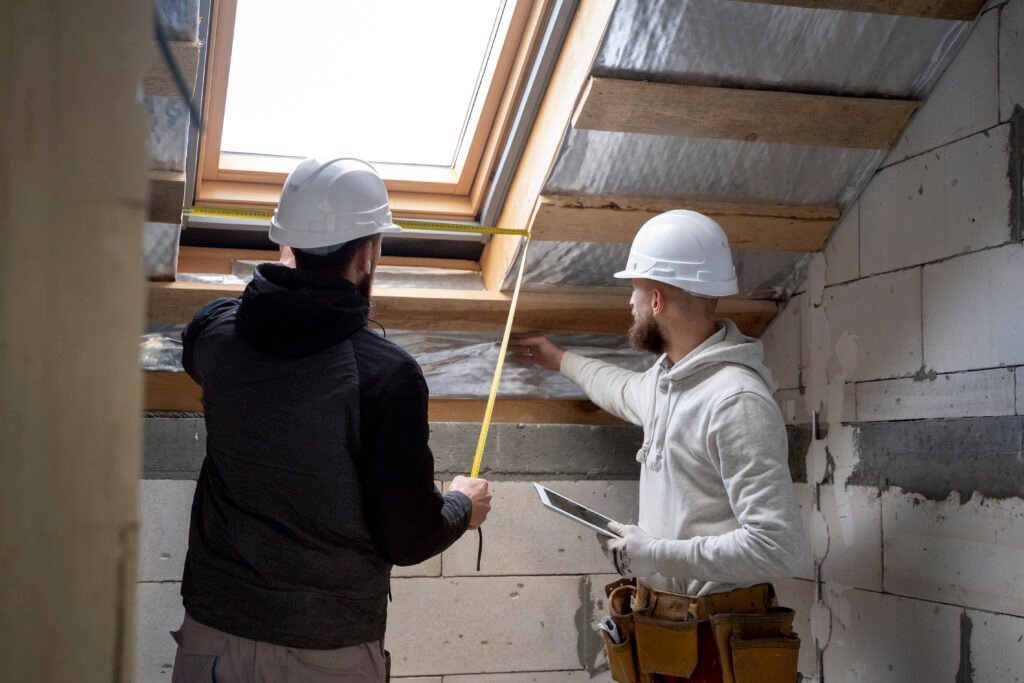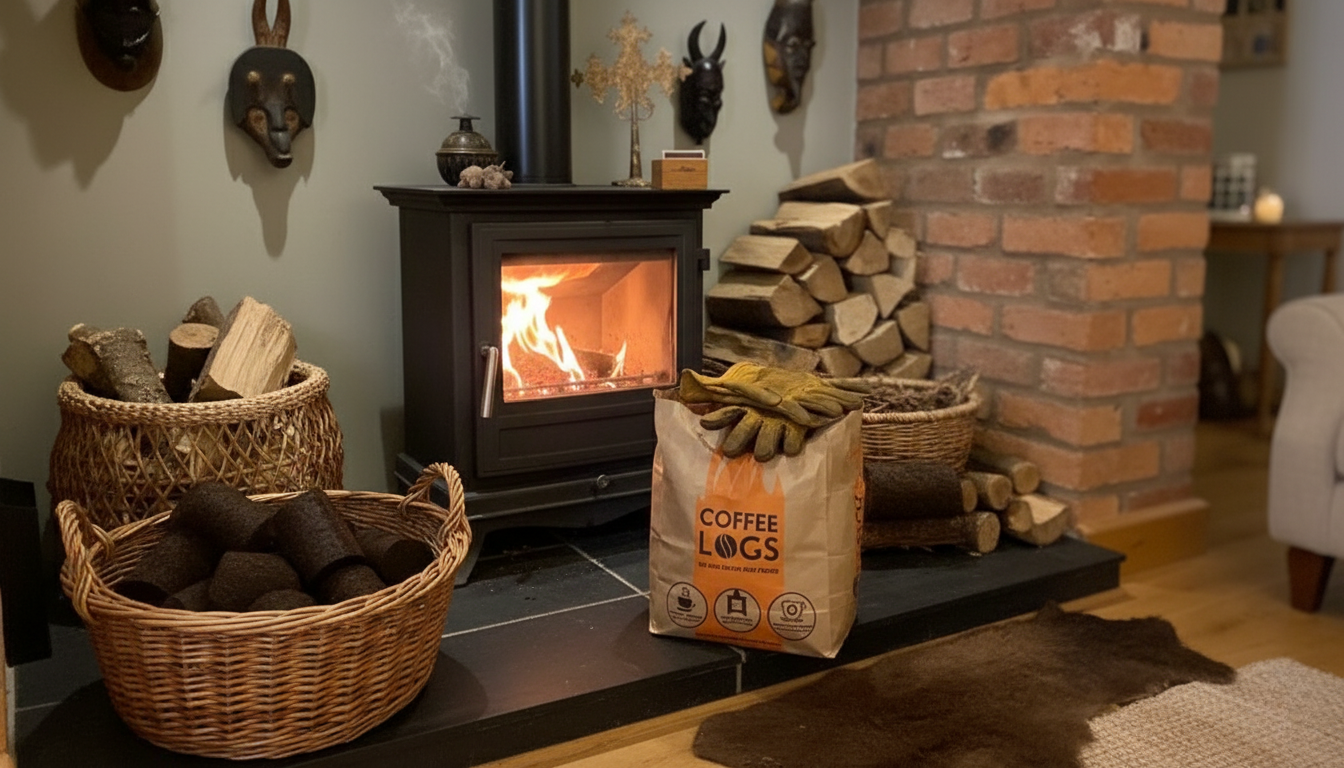
Building an energy-efficient home is like wearing a warm coat in winter and a cool shirt in summer. The right materials help your house stay comfortable while using less power. One of those materials is Thermalite blocks.
They are a type of aerated concrete, also called aircrete. Here is how using Thermalite helps make homes that use less energy.
What Are Thermalite Blocks?
Thermalite blocks are blocks made from cement, lime, sand, water, and air bubbles. Because of these air bubbles, the blocks are lighter than normal concrete blocks. They also have lots of tiny holes inside. These holes slow down heat moving in and out.
Thermalite is strong enough for many kinds of walls. Also, it resists fire, moisture, and sound.
What Makes Homes Energy-Efficient?
Before we see how Thermalite helps, let’s know what “energy-efficient home” means:
- A home that keeps the inside temperature steady (warm in winter, cool in summer).
- A home that lets little heat escape through walls, roof, and windows.
- A home that uses less power or fuel for heating and cooling.
- Strong insulation, good materials, and fewer flaws like gaps or weak walls.
When all that works, bills go down, and the home is more comfortable.
How Thermalite Blocks Help
Here are the ways Thermalite blocks make homes energy efficient. Like pieces of a puzzle fitting together.
-
Better Thermal Insulation (Reducing Heat Loss & Heat Gain)
Because Thermalite blocks have tiny air pockets, they trap air and slow down heat flow. In winter, heat from your heater stays inside. In summer, outside heat is slower to get in. That means less energy is needed to heat or cool the house.
Also, the thermal conductivity is lower than that of dense blocks. U-value targets (a measure of how much heat escapes) are easier to meet with Thermalite walls.
-
Lightweight Makes Building Faster & Easier
Thermalite blocks weigh less than many concrete or clay blocks. That means people can carry them easier. Less time lifting. More walls built in a day. Labor cost drops. Also, lighter blocks mean foundations can be smaller in some cases. Less material is used there.
-
Reduced Thermal Bridges
A thermal bridge is like a crack or gap where heat escapes faster—like when a worn door seal lets cold air in. Because Thermalite blocks cover well and are made to fit tightly, fewer bridges exist. Less heat loss. Less need for extra insulation.
-
Fire and Moisture Resistance
Homes need walls that resist fire and avoid dampness. Thermalite blocks are non-combustible. They do not burn easily and do not give off toxic smoke. Also the material resists moisture. That helps avoid mould, which costs both health and energy (because wet materials conduct heat more).
-
Sound Insulation & Comfort
Heat isn’t the only problem. Noise from outside or from neighbours can be annoying and can make people use more energy (closing windows, playing the AC). The microcellular structure of Thermalite helps dampen sound. Walls with Thermalite blocks can reduce outside noise. That adds to comfort.
-
Long-Term Savings
Though Thermalite blocks might cost more upfront than regular blocks, over time, they save money. Lower energy bills. Less need for thick heating in winter or heavy cooling in summer. Also, fewer repairs from moisture or fire damage. It is like buying a tool that lasts longer.
Things to Watch Out For
Homes made with Thermalite blocks are mostly great, but there are a few things to check. This is like picking good fruit—you check for bruises.
- Proper sealing and joints: If blocks are not placed well, or if mortar/gaps are sloppy, thermal bridges appear.
- Moisture control: Even though they resist moisture, exposure to water or damp can reduce insulation performance. Good waterproofing or render on the external side helps.
- Thickness & type: A small thin block may not give enough insulation. You need to pick block thickness (for example, 100 mm, 140 mm, 215 mm) based on climate and energy rules.
- Upfront cost: Sometimes more expensive than basic concrete blocks. But payback comes later from energy savings.
Where Thermalite Blocks Are Most Useful
Thermalite works well in many kinds of home building. Here are some places where they shine:
- External walls in colder climates. They keep the heat in.
- Walls in hot climates are used to keep heat out.
- Internal partition walls (for privacy and sound).
- Areas where fire safety matters (kitchens, places near wiring).
- Self-builders or small builders who want faster builds.
Example & Case Study
Imagine two homes side by side in a winter zone:
Home A uses normal concrete blocks. They lose heat fast through walls and joints. The heating runs most of the day.
Home B is built with Thermalite blocks. Walls are thick enough. Seals are tight. It stays warmer with less heating. Bills are smaller. Less freezing drafts. Cleaner air because less mould.
In the UK, Forterra’s Thermalite brochure shows that with the right block type, you can reduce heat loss, meet building regulations (Part L in the UK), and lower CO₂ emissions over the life of the house.
How to Choose Good Thermalite Blocks for Your Home
Here are simple steps, like choosing good tools, to pick the right type:
- Measure your climate. If winters are cold, choose thicker blocks.
- Check the U-value you need under your building rules. Then pick a block size and type to meet that.
- Look for blocks with good moisture resistance and fire rating.
- Ask if blocks are easy to cut, shape, and fix. Some block types are easier (so labour cost stays low).
- Compare total cost: cost of block + heating/cooling bills over the years.
Final Thoughts
Thermalite blocks are like a blanket for your home. They help you keep heat in, keep noise out, stay dry inside, and waste less energy. They are lighter than many blocks, safer from fire, and over the years, they save money.
If you want a home that is cooler in summer, warmer in winter, more comfortable, and costs less to run, using Thermalite blocks is a strong choice. Pick the right thickness, seal well, protect from moisture, and you will feel the difference both in comfort and in your bills.






